Amarok's Song - The Journey to Nunavut (1998)
Género : Documental
Tiempo de ejecución : 1H 15M
Director : Martin Kreelak, Ole Gjerstad
Sinopsis
In this feature-length documentary, three generations of the Caribou Inuit family come together to tell the story of their journey as Canada's last nomads. From the independent life of hunting on the Keewatin tundra to taking the reins of the new territory of Nunavut on April 1, 1999, we see it all. The film is the result of a close collaboration between Ole Gjerstad, a southern Canadian, and Martin Kreelak, an Inuk. It's Martin's family that we follow, as the story is told through his own voice, through those of the Elders, and through those of the teens and young adults who were born in the settlements and form the first generation of those growing up with satellite TV and a permanent home.

1939, París y Sologne. Un aviador, enamorado de una mujer de mundo, no respeta la regla del juego que consiste en salvar las apariencias en una sociedad dividida fundamentalmente en dos clases: los señores y los criados.
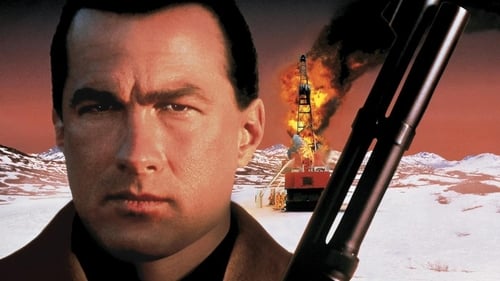
En las plataformas de petróleo de Alaska, Forrest Taft (Steven Seagal, que debuta como director) trabaja como especialista en la extinción de incendios en los pozos de petróleo. Sin embargo, mucho más peligroso que eso es enfrentarse a Michael Jennings, presidente de una compañía petrolífera que ha obtenido enormes beneficios a costa de poner en peligro el medio ambiente. En esa batalla Taft cuenta con el apoyo de una activista nativa y de cualquiera que se oponga a la compañía.
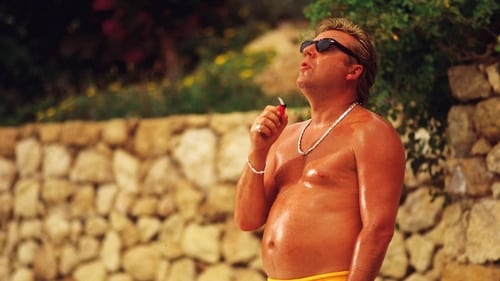
Tras haber pasado una temporada entre rejas, Gal Dove vive ahora felizmente retirado en un chalet de la Costa del Sol española, junto a su mujer, a quien adora. Sin embargo, su felicidad se empaña con la llegada de Don Logan, un antiguo compinche que intenta convencerle de que vuelva a Londres para un último gran golpe.
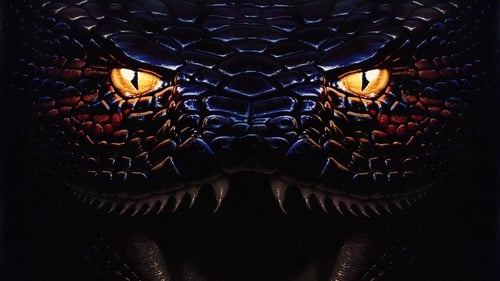
En Anaconda, un equipo de cine documental dirigido por el antropólogo Steven Cale (Eric Stoltz) y la directora Terri Flores (Jennifer Lopez) entra en el misterioso mundo del Amazonas para buscar a los legendarios indios shirishama. El cámara Danny (Ice Cube) se huele el peligro cuando el equipo recoge a un sospechoso pasajero: Paul Sarone (Jon Voight), un "hombre del río" carismático y solitario cuyos supuestos conocimientos sobre los shirishama atraen al equipo. Pero el motivo de Sarone para llevar al equipo a las profundidades del río es su oscura búsqueda de una letal anaconda de 12 metros, y lo sacrificará todo y a todos para encontrar a su rival. La expedición se convierte en una pesadilla en la jungla cuando Sarone lleva al equipo directamente a las fauces de la serpiente asesina y deben recurrir a sus recursos más primarios para sobrevivir.
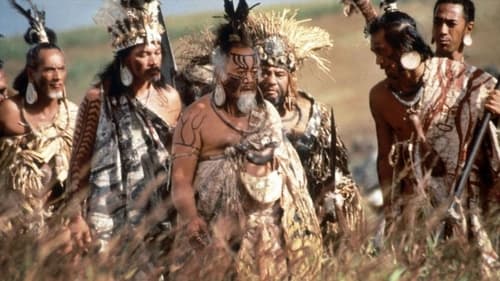
En 1722, un holandés descubrió una isla en el Pacífico Sur, a la que sus habitantes llamaban Rapa Nui, pero él la bautizó como Isla de Pascua. Muchos años antes había tenido lugar en la isla un grave conflicto de carácter social: los Orejas Cortas constituían la clase inferior y construían estatuas por orden de los Orejas Largas, que eran los nobles. Como tales sólo los Orejas Largas tenían derecho a participar en la competición anual que determinaba quién sería el nuevo Hombre Pájaro. Pero uno de los jóvenes competidores del certamen se había enamorado de una muchacha de los Orejas Cortas. Ese amor sólo podría triunfar en el caso de que él superara las pruebas y ella accediera a pasar dentro de una cueva las lunas que faltaban hasta el día de la competición. (FILMAFFINITY)
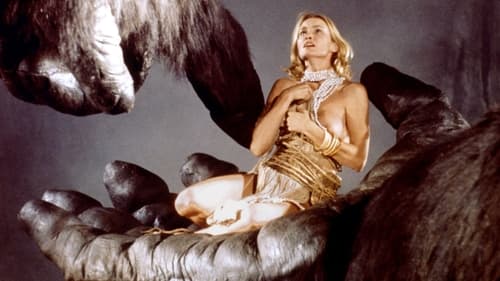
La "Petrox Company" envía una expedición, dirigida por Fred Wilson, a la Micronesia con la intención de encontrar petróleo. Con ellos va Jack Prescott, cuyo objetivo es encontrar un monstruo prehistórico. Durante la travesía, se encuentran un bote con una mujer que se ha salvado del naufragio del barco en que viajaba con un productor de cine. Cuando desembarcan, descubren una gran empalizada, y dentro observan que unos nativos colocan a una mujer nativa en una plataforma, mientras invocan a una misteriosa deidad animal.
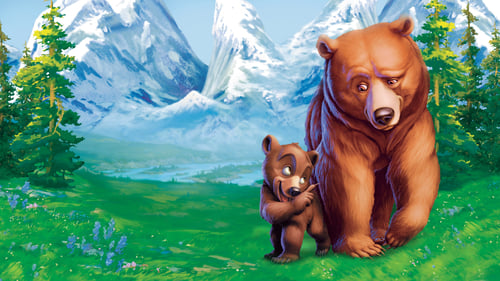
En los bosques del noroeste americano vive un niño indio llamado Kenai, cuya vida sufre un giro inesperado cuando los Grandes Espíritus lo transforman en un oso, el animal que más odia. Kenai se hace amigo de un osezno llamado Koda y se propone recuperar su forma humana. Mientras, su hermano (que no sabe que Kenai es ahora un oso) lo persigue para cumplir una misión de venganza en la que está en juego el honor familiar.
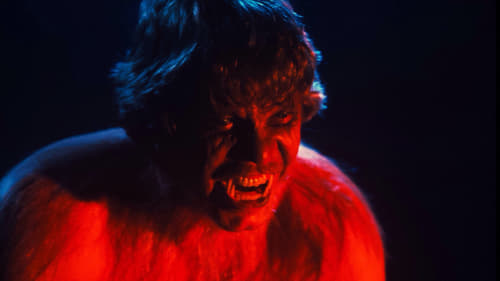
Karen, una popular presentadora de televisión de Los Ángeles, sufre una crisis nerviosa al estar a punto de ser asaltada por un violador. Para superar el trauma sigue el consejo de un psicólogo que le recomienda retirarse a descansar al campo. Viaja entonces a la costa norte de California, y allí su marido sufre un cambio de personalidad al ser atacado por un extraño animal, mitad hombre, mitad lobo.

Adaptación de la novela homónima de Daniel Defoe. El inglés Robinson Crusoe, el único superviviente de un naufragio, va a parar a una isla desierta, donde tendrá que enfrentarse con la naturaleza y la soledad, y también con una tribu de caníbales, a quienes arrebata un nativo al que bautiza como Viernes. El nativo pertenece a una tribu de la que ha sido expulsado, por lo que decide quedarse a vivir con Crusoe.

Durante un hermoso día de otoño, en un idílico rincón campestre de Vermont, se oyen tres disparos, y aparece un cadáver, el de Harry. Un viejo capitán (Edmund Gwenn) que cree que se trata de un accidente de caza del que se siente responsable, entierra, desentierra y transporta varias veces el cadáver sobre cuya identidad se interrogan con perplejidad una solterona, un médico miope y un pintor abstracto (John Forsythe).
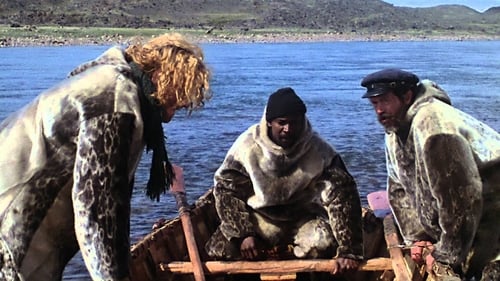
In 1896, three survivors of a whaling ship-wreck in the Canadian Arctic are saved and adopted by an Eskimo tribe but frictions arise when the three start misbehaving.

Incident at Restigouche is a 1984 documentary film by Alanis Obomsawin, chronicling a series of two raids on the Listuguj Mi'gmaq First Nation (Restigouche) by the Sûreté du Québec in 1981, as part of the efforts of the Quebec government to impose new restrictions on Native salmon fishermen. Incident at Restigouche delves into the history behind the Quebec Provincial Police (QPP) raids on the Restigouche Reserve on June 11 and 20, 1981. The Quebec government had decided to restrict fishing, resulting in anger among the Micmac Indians as salmon was traditionally an important source of food and income. Using a combination of documents, news clips, photographs and interviews, this powerful film provides an in-depth investigation into the history-making raids that put justice on trial.
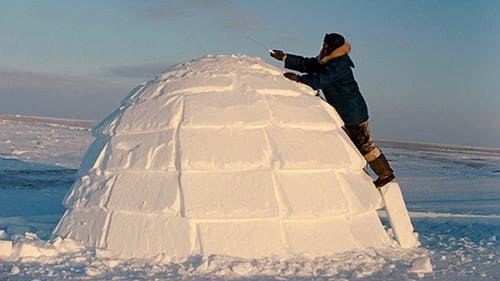
This classic short film shows how to make an igloo using only snow and a knife. Two Inuit men in Canada’s Far North choose the site, cut and place snow blocks and create an entrance--a shelter completed in one-and-a-half hours. The commentary explains that the interior warmth and the wind outside cement the snow blocks firmly together. As the short winter day darkens, the two builders move their caribou sleeping robes and extra skins indoors, confident of spending a snug night in the midst of the Arctic cold!

THROAT SONG takes place in the icy landscape of Iqaluit, Nunavut, a small town in the Canadian Arctic. Ippik, a young Inuit woman, is silently suffering from the pains of an abusive relationship. Lost in a community that's been tragically separated from its past, Ippik begins to connect with other victims of violence and seeks to reclaim her voice.

A documentary on the massacre of Planas in the Colombian east plains in 1970. An Indigenous community formed a cooperative to defend their rights from settlers and colonists, but the government organized a military operation to protect the latter and foreign companies.

Animated Canadian film.

Mayan Renaissance is a feature length film which documents the glory of the ancient Maya civilization, the Spanish conquest in 1519, 500 years of oppression, and the courageous fight of the Maya to reclaim their voice and determine their own future, in Guatemala and throughout Central America. The film stars 1992 Nobel Peace Laureate and Maya Leader Rigoberta Mencu Tum. All of the images, voices, expert commentary and music in the film come directly from Central America, the heart of the Mayan World.

It is late autumn and the Eskimos travel through soft snow and build karmaks, shelters with snow walls and a roof of skins, in the river valley. The geese are gone but some musk-ox are seen. The man makes a toy sleigh from the jawbones of a caribou and hitches it to a puppy. Next day the women gather stocks of moss for the lamp and the fire. The men fish through the ice with spears. The woman cooks fish while the men cache the surplus. Then the family eats in the karmak. The men build an igloo and the household goods are moved in. They begin the complicated task of making a sleigh, using the skins from the tent, frozen fish, caribou antlers and sealskin thong. The woman works at a parka, using more caribou skin, and the children play. Now the sled is ready to load and soon the family is heading downriver to the coast.

The time is early autumn. The woman wakes and dresses the boy. He practices with his sling while she spreads a caribou skin to dry. The boy picks berries and then the men come in their kayak with another caribou. This is skinned, and soon night falls. In the morning, one man leaves with his bow while the other makes a fishing mannick, a bait of caribou meat. The woman works at the skins, this time cleaning sinews and hanging them to dry. The man repairs his arrows and then sets a snare for a gull. The child stones the snared gull and then plays hunter, using some antlers for a target. His father makes him a spinning top. Two men arrive at the camp and the four build from stones a long row of manlike figures, inukshult, down toward the water. They wait for caribou and then chase them toward the stone figures and so into the water where other men in kayaks spear them. The dead animals are floated ashore and skinned.

Two Eskimo families travel across the wide sea ice. Before night falls they build small igloos and we see the construction in detail. The next day a polar bear is seen basking in the warming sun. A woman lights her seal oil lamp, carefully forming the wick from moss. The man repairs his snow goggles. Another man arrives dragging a polar bear skin. The boy has made a bear-shaped figure from snow and practices throwing his spear. Then he tries his bow. Now, with her teeth, the woman crimps the sole of a sealskin boot she is making. The men are hunting seal through the sea-ice in the bleak windy weather. The wind disturbs the "tell-tales," made of eider down or a hair loop on a bone, that signal when a seal rises to breathe. A hunter strikes, kills and drags his catch up and away. At the igloo the woman scrapes at a polar bear skin and a man repairs a sled. In the warming weather the igloo is topped with furs and a snow shelter is built to hide the sled from the sun.














